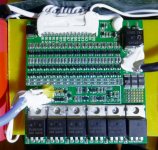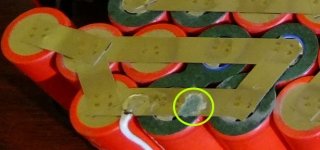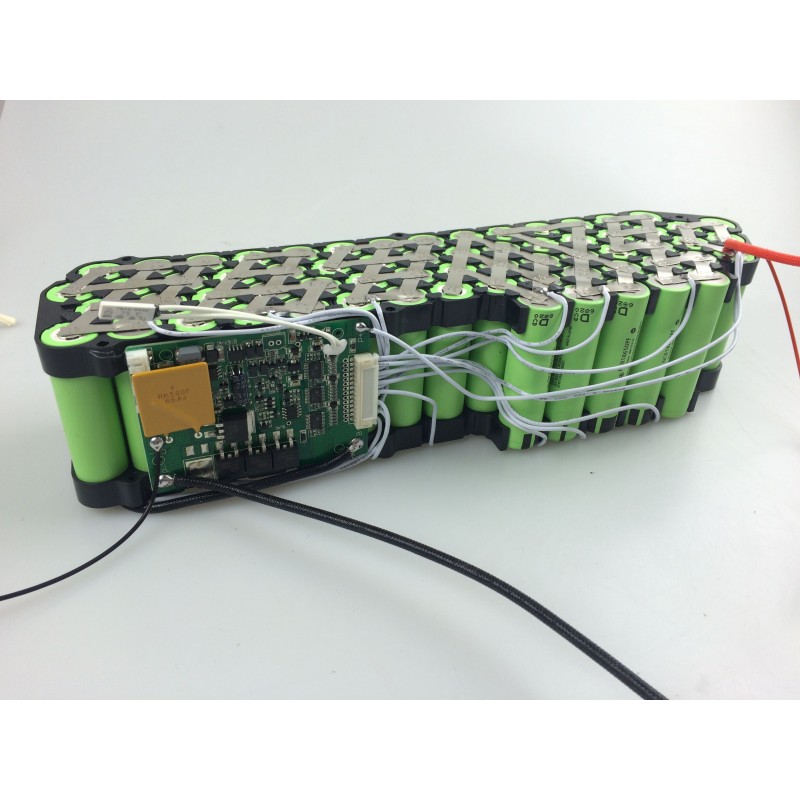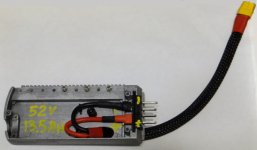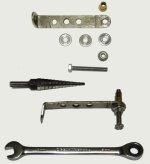LewTwo
1 MW
--- the best plans of mice and men ....
I got the spokes laced up in the new rim and installed the 700C x 2.0 Big Apple tire. Suprise there is a 1/4 offset in the rear triangle that is NOT documented (space for a non-existent disk brake?). Four half turns loose for the right spokes, three and half turns tighter for the left spokes. Well that looks about right. That worked and I adjusted the brakes, handle bars, etc. Then I took it outside to see how it rides (no battery yet).
AWFUL: Between the suspension fork, balloon tires and Thudbuster ST the lowest I can get the seat is 36 inches off the ground. The centerline of the crank is 13 inches off the ground. That gives me a really short pedal stroke and was just really a pain in the most southern region to ride. ...
 All that work and money
All that work and money 

So I got rid of the Schwinn noseless comfort saddle and stuck a cheap,padded seat onit. WOW what a difference! The pedal stroke is still too short but it is not nearly as uncomfortable
Conclusion: Schwinn noseless comfort saddle = very, very, very bad idea
Now about the pedal stroke .... maybe if I put 24 inch rims on it ... but that will seriously mess with the gearing and motor speed
I got the spokes laced up in the new rim and installed the 700C x 2.0 Big Apple tire. Suprise there is a 1/4 offset in the rear triangle that is NOT documented (space for a non-existent disk brake?). Four half turns loose for the right spokes, three and half turns tighter for the left spokes. Well that looks about right. That worked and I adjusted the brakes, handle bars, etc. Then I took it outside to see how it rides (no battery yet).
AWFUL: Between the suspension fork, balloon tires and Thudbuster ST the lowest I can get the seat is 36 inches off the ground. The centerline of the crank is 13 inches off the ground. That gives me a really short pedal stroke and was just really a pain in the most southern region to ride. ...
So I got rid of the Schwinn noseless comfort saddle and stuck a cheap,padded seat onit. WOW what a difference! The pedal stroke is still too short but it is not nearly as uncomfortable
Conclusion: Schwinn noseless comfort saddle = very, very, very bad idea
Now about the pedal stroke .... maybe if I put 24 inch rims on it ... but that will seriously mess with the gearing and motor speed



